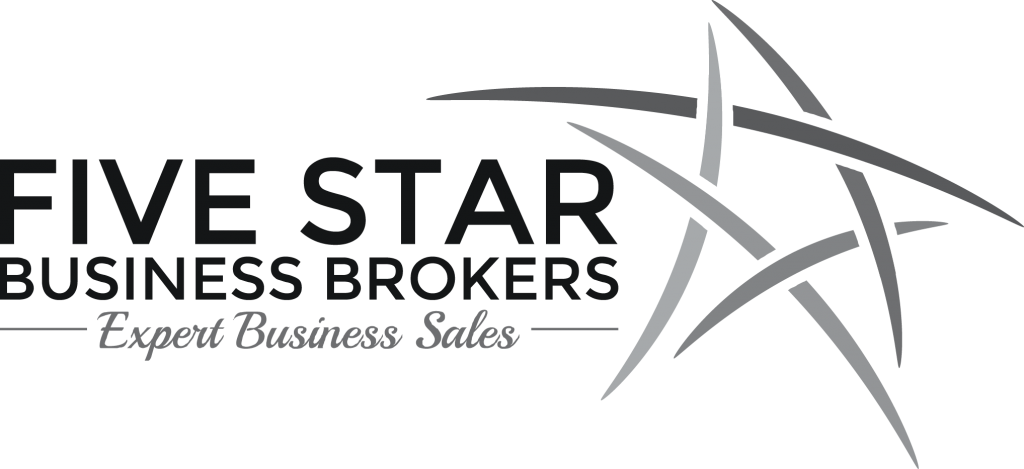South Florida Gyms Can Make Excellent Investments
Despite the problems wreaked by the Corona Virus to the the fitness industry, a well run gym still possesses very admirable business characteristics. Fitness centers normally have recurring revenues which business buyers are always seeking. Further, health club memberships have grown by 28% over the last decade. Gyms also have an enormous addressable market, as nearly 1 in 5 Americans belong to a gym. Gyms make for great business sales when properly priced and advertised. Let’s explore how to best evaluate and sell South Florida fitness centers.
Determine Owner Benefit of Gym
The first step in figuring out the value of a gym is determining its adjusted owner benefit. The adjusted owner benefit is the actual monetary benefit that the owner derives from their business. Starting with the EBITDA (Earnings Before Interest, Taxes, Depreciation, and Amortization) on the financial statement, adjusted owner benefit also includes or ‘adds back’ the owner’s salary, unrecorded but provable sales, and any of the owner’s personal expenses that are paid out of the business. A professional business broker should evaluate the gym’s financial statement (such as its tax return or profit and loss report) in conjunction with the owner in order to truly decipher the adjusted owner benefit. The asking price of the gym should be a multiple of 2-4x the owner benefit.
Depreciation May Not be an Add-back
When calculating the adjusted owner benefit for a gym, it may not always be appropriate to include the gym’s depreciation (a non-cash charge) as an owner benefit. This is because gyms have very high capital expenditure requirements, as a gym’s equipment can quickly become worn or outdated. Depreciation is an accounting charge taken from these capital expenditures, and the key question to ask is whether a buyer may expect to incur similar capital expenditures in the future. If the answer is yes, then the depreciation taken from future capital expenditures should be considered a regular and recurring business expense, and thus should not be counted as an owner benefit.
Lease and Location of Gym of Critical Importance
Buyers of gyms want to see a long term lease in place, with a location suitable to the type of gym being sold. A long term lease gives the buyer long term security. The last thing a gym owner wants to do is relocate due to the expiration of a lease. Relocating inevitably results in the loss of members and substantial moving costs. As far as location, a high-end boutique gym with limited membership should be in a high-end area. A working class type of gym should be close to major residential centers, with ample signage and visibility. Other gyms can be in low-rent districts such as industrial areas, so long as members can gain access and are comfortable with its location. It all depends on the type of members one is seeking to attract. Statistics show about 50% of gym members retain their membership because of the gym’s location.
Evaluate Churn and Membership Retention When Selling Gym
Studies indicate that gyms lose up to 50% of their members in a given year, resulting in a 50% churn rate. Of course, gyms also add new members in a given year, so the hope is that the new members more than replace the lost members. This will result in increased client retention, which is the key to a successful gym sale. Gyms may reduce churn and attract new members by virtue of its location, equipment, customer service, classes that the gym may offer, and positive interactions with staff members. Because of the relative fixed cost structure of gyms, a 5 percent increase in members may result in a 25% increase in the operating profits of the gym.
Example of increasing Gym Membership
- Let us suppose that Jerry is the owner of Jerry’s Gym, a small fitness center located in South Florida.
- Jerry has 100 paying members of his gym, who are paying an average of $50 per month for use of the gym.
- A year goes by, and Jerry now has 105 paying members of his gym, who are still paying an average of $50 per month.
- Jerry’s rent, overhead (such as utilities and insurance), and equipment costs are relatively fixed at $4,000 per month.
- Other than marketing costs, Jerry’s incurs virtually no expenses in serving the extra 5 members of his gym who have joined (after churn) in the last year.
- Thus, Jerry has increased his operating income from $1,000/month (when he had 100 members at $50/month) to $1250/month (when he has 105 members at $50/month).
- This is a 25% increase in Jerry’s operating income (before marketing costs) from just 5 new members.
- Clearly, growing the paying members while reducing churn will result in a much higher business valuation of Jerry’s Gym.
Competitors Make Excellent Gym Buyers
When a competitor uses mergers and acquisitions as a way to grow their business, they often use the power of synergy and scale to reduce costs and overhead while increasing their profit margins. Gym owners seeking to make an acquisition often already have a management team and marketing plan in place, which will result in cost savings. Often times, they will also drive their equipment costs down by buying in bulk for their multiple locations. Moreover, having multiple gyms gives the brand a certain degree of scale and customer awareness that a single location may lack. A professional business broker should always target competing gyms as possible buyers.
A successful sale of your South Florida gym comes with a proper business valuation and proper (but confidential) advertising techniques. Receive the best possible asking price for your gym and do not settle for anything else!
Give Martin at Five Star Business Brokers of Palm Beach County a call today for a FREE evaluation of your business.
